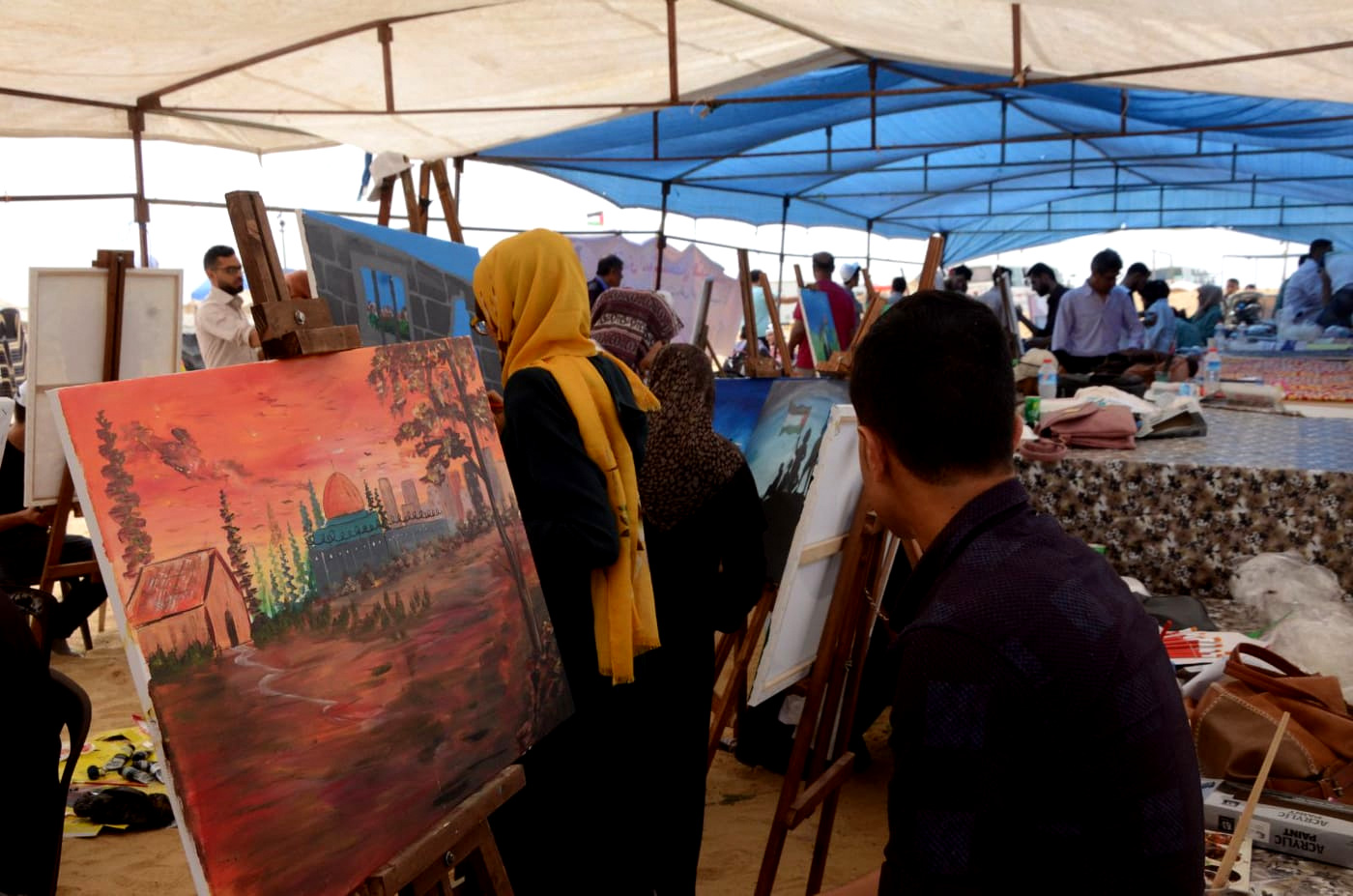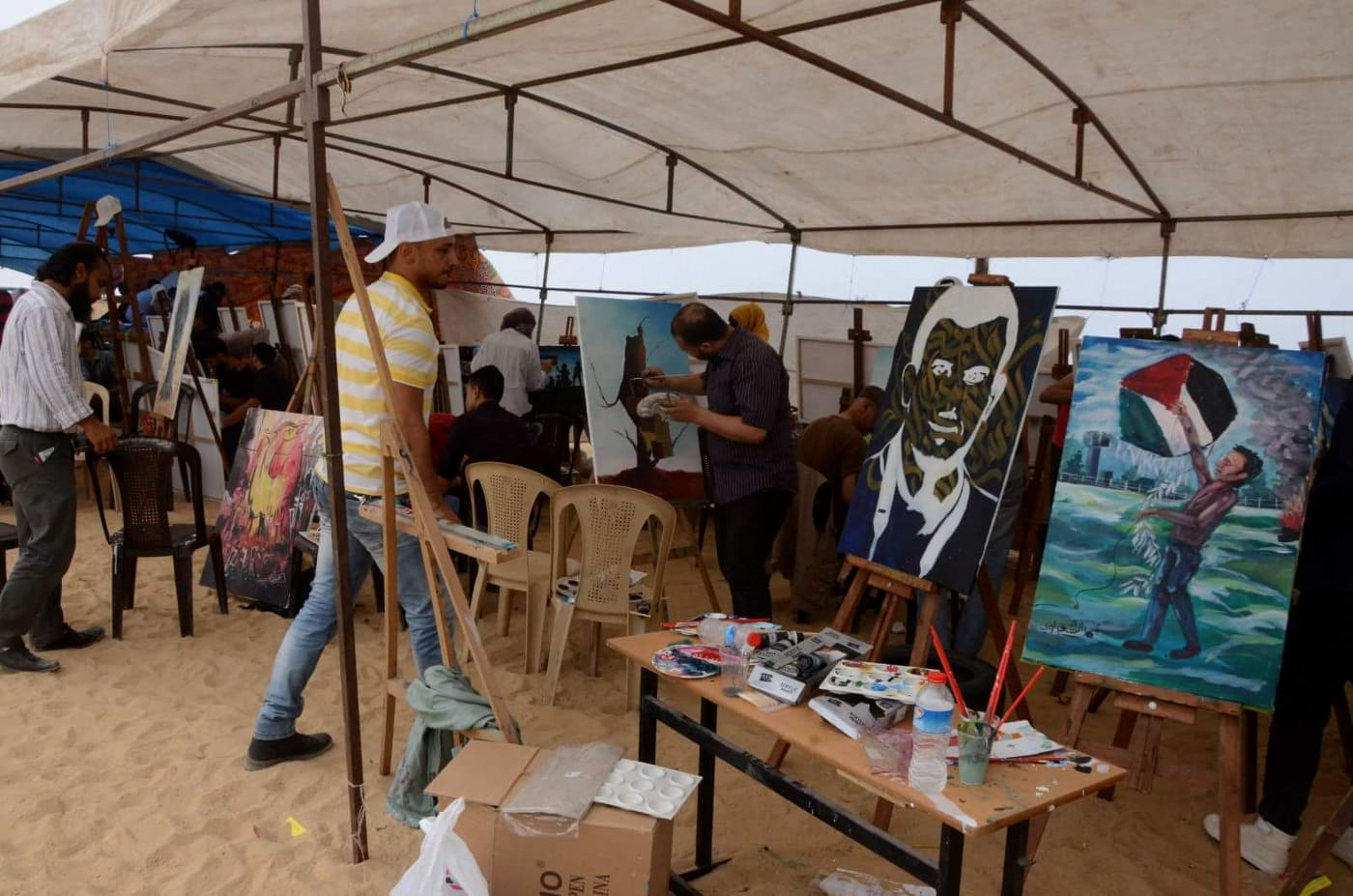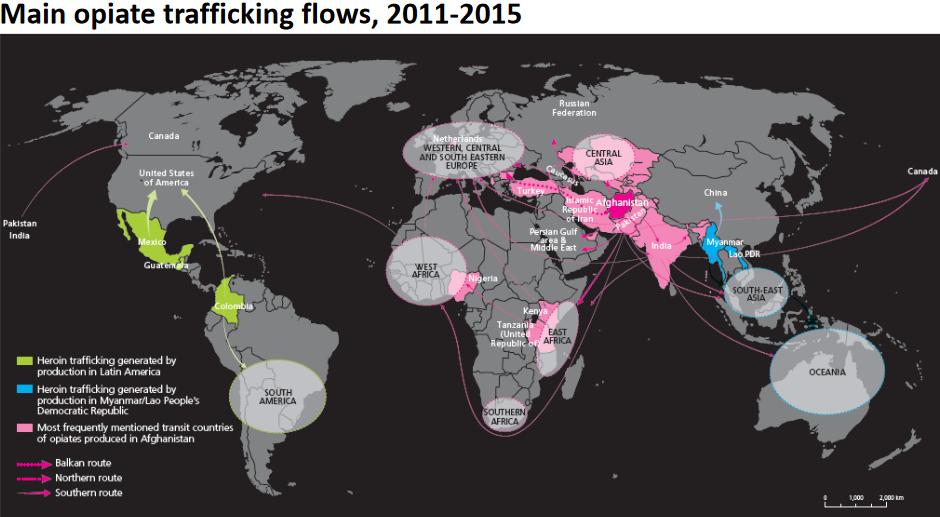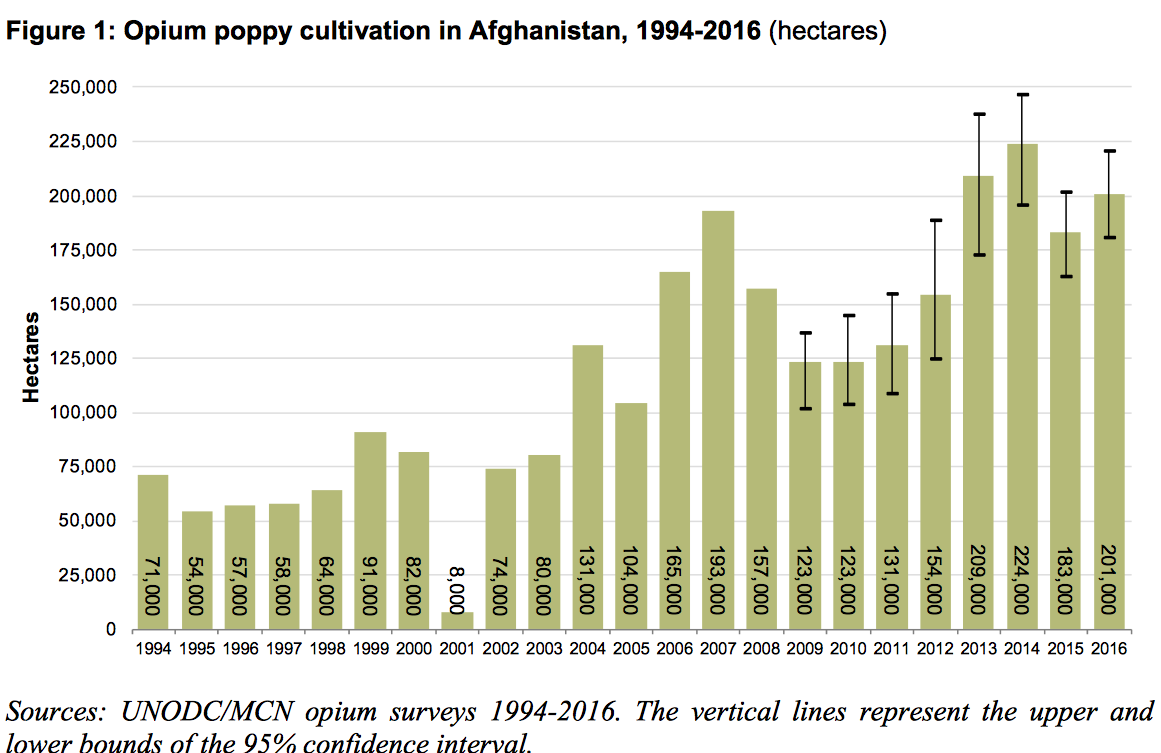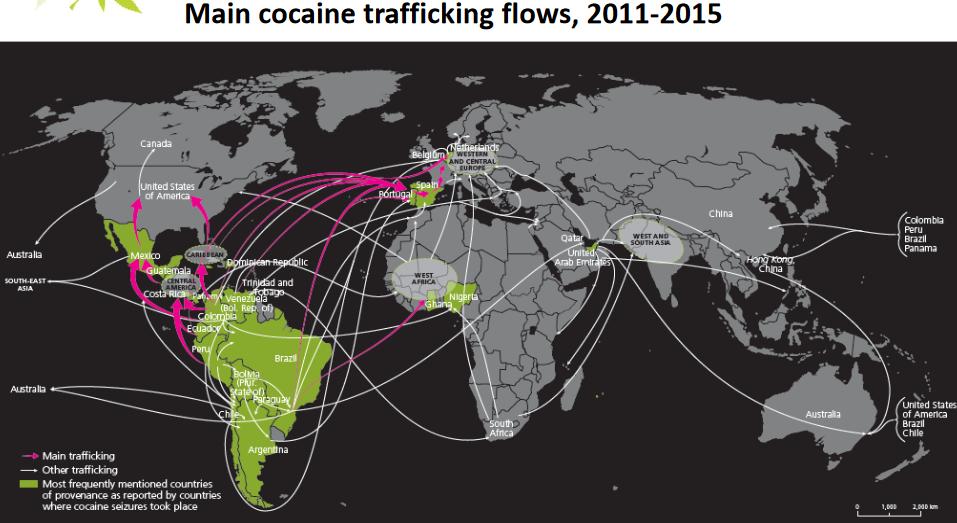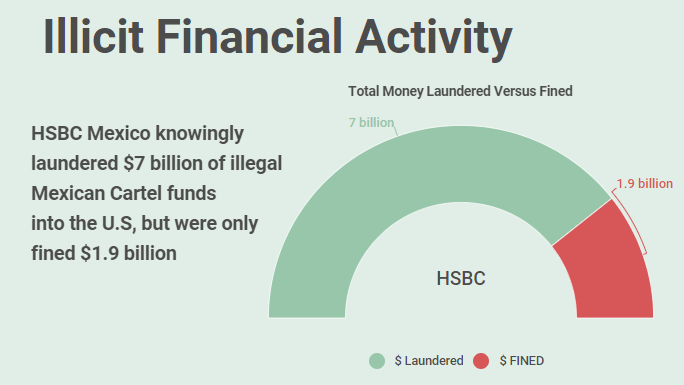“The merger is more power in the hands of criminal corporations. To not just push the agenda, but corrupt governments, subvert democracy.”
– Vandana Shiva (from this week’s interview)
.
LISTEN TO THE SHOW
Click to download the audio (MP3 format)
As much of the world and the media focuses on the wedding of Prince Harry and Meghan Markle, another ‘royal couple’ is on the verge of completing its own matrimonial arrangement after a 21 month engagement.
The U.S. Department of Justice recently cleared the path for the German pharmaceutical and chemical company Bayer to merge with U.S. based agricultural giant Monsanto in a take-over deal worth more than $60 billion.
Once the partnership attains U.S. anti-trust approval, likely within days, a new entity will emerge, commanding more than a quarter of the combined world market for seeds and pesticides.
Would that this were a traditional wedding ceremony! With profound reasons for opposing this marriage, a robust crop of hands would spring up when prompted to ‘speak now or forever hold your peace!’
According to a recent poll of 48 U.S. States, 94 percent of farmers are concerned about the merger, with 83 percent being very concerned. Their top three concerns: market dominance to push other products, control over farmers’ data, and increased pressure to rely on chemical based farming practices.
This merger has implications not only for what goes on our dinner plate. There are questions of economic and political control that need to be addressed. Critics argue that the power of these economic giants is such that they have ‘captured’ regulatory agencies. Limitless financial resources permit these and similar companies to buy off academics, media and politicians.
The Global Research News Hour radio program takes a devoted look this week to the social and environmental costs associated with the merger of Bayer and Monsanto and the agro-chemical industry more generally with four interviews.
Dr. Vandana Shiva is an Indian scholar, environmental activist and anti-globalization author. Her work centers on issues of bioethics, biodiversity, intellectual property rights, and genetic engineering. She founded the Research Foundation for Science, Technology, and Ecology in 1982, which led to the creation of Navdanya in 1991, a national movement for the protection of biological resources, especially native seeds. In a short discussion recorded in Winnipeg in May of 2017, Dr. Shiva put the Bayer-Monsanto merger and GMO agriculture within the larger frame of colonialism, patriarchy, and anthropocentrism, and points us to alternative perspectives which will allow our species not only to survive, but thrive. She has authored numerous books including her most recent: Who Really Feeds the World? (2016)
Ellen Brown is an attorney, founder of the Public Banking Institute and the author of hundreds of articles and a dozen books including The Public Bank Solution: From Austerity to Prosperity (2013) and Web of Debt: The Shocking Truth About Our Money System and How We Can Break Free (2007). Ms. Brown speaks about her recent article on the Bayer-Monsanto merger which makes reference to these two companies’ links to the infamous war-time chemical cartel known as I.G. Farben. Brown also makes note of the alternatives to GMO / agro-chemical agriculture being offered up by Russia.
Nick Meyer is a writer with the site March-Against-Monsanto.com. Meyer briefly lays out some of the history and rationale behind the resistance to Monsanto, and gives us some details about the priorities underlying the May 19, 2018 march.
Dr. Stephen Frantz is the Principal with Global Environmental Options, LLC, which specializes in the management of environmental toxicants through sustainable , ecologically sound intervention strategies. He holds a PhD in pathobiology from John Hopkins University and helped pioneer the concept of Integrated Pest Management. He has done extensive research into the effects of glyphosate and similar pesticides over the course of his work. Dr. Frantz confronts some of the misinformation and disinformation coming from Monsanto and its defenders about the safety of its products.
LISTEN TO THE SHOW
Click to download the audio (MP3 format)
Transcript- Interview with Vandana Shiva, May 26, 2017
Global Research: Dr. Shiva, I’m very interested in a lot of what you had to say in your recent talk and in your writings about this interface between the corporate for-profit model and how it intersects with this need to provide for our basic food needs and basic energy needs. I guess it just…bringing in something that’s fairly timely, this merger between Monsanto, who you’ve been very outspoken against, and Bayer.
Could you maybe quantify exactly how you see that merger making the situation worse, going from the frying pan to the fire? What, in particular, do you think that those … is a concern for farmers and for food security generally?
Vandana Shiva: First thing that people should remember is Monsanto and Bayer were one during the war. They were called Mobay. They worked together to sell poisons on both sides of the war. It’s only after the IG Farben trial at Nuremberg that the separation took place. So, in a way, the Bayer-Monsanto merger of the contemporary times is just a coming together in an open way of a hidden marriage that always was there. Second, even if you look at cross licensing arrangements, they’ve been working together.
When the BT Cotton of Monsanto failed in India in 2015-16 of the states of Punjab, 80% of the cotton was hit by White Fly. Who sold the pesticides? Bayer. So they work as one. As a poison cartel. Right now, buyers trying to push a GMO mustard. At the same time, Monsanto is trying to dismantle our patent laws which say we cannot allow patents and seeds, plants, animals, because these are not human inventions. They have their own self-organizing capacity to organize life, regulate life reproduce life, multiply seeds. What will this new open merger mean?
First is, I think the numbers like 66 billion are just games for the public. I’ve done an analysis. It will be out in my new book on the resurgence of the rial. The true owners of all of these corporations, down to the Coca Colas and Pepsis, all of them are the new investment giants, which are the cartel of the rich men, who have now designed ways of using their money to basically control the future of humanity.
And, for them, there is more future in collecting rents from seeds which they never invented, from selling more poisons, including corrupting governments, including denying the fact that even the W.H.O. said glyphosate is a carcinogen, so they’re putting their money to tell lies to defend killing and destroy democracy.
So, in effect, actually, the merger is more power in the hands of criminal corporations. To not just push the agenda, but corrupt governments, subvert democracy. We are witnessing it right now in India with the GM mustard case. Destroy science, and in the name of science, they say science requires GMOs, but they are knocking out any scientist who does real research on A] the fact that GMOs don’t produce more and B] that they haven’t controlled pests or weeds, they have created super pests and superweeds, C] that they have better ways through biodiversity, through agroecology, to actually produce enough food for people and have enough for other species, which is what the food system is about.
So, I see the merger of Bayer and Monsanto as, in a way, the peak of a contest between a century of ecocide and genocide with no stopping, versus Earth democracy where all species have their rights recognized, and they act. Because most of the subversion of the Monsanto agenda hasn’t taken place because people marched into the fields of Round-Up Ready soya, but the Palmer amaranth rose and defeated the project and that’s why I insist 300 million species and if you assume that even half of humanity will keep thinking and defending their freedom which would mean 3.5 billion people that’s a lot of intelligence against the criminality of a cartel of Bayer-Monsanto, Dow-Dupont, Syngenta-ChemChina all working together with a failed agenda of pushing GMOs.
GR: I find that there’s a sort of a parallel development perhaps – you’re talking about the food system, but there’s also the energy economy. And I noticed that there’s a lot of talk about transition, and about time, transition away from fossil fuel, but I noticed that a lot of investment, corruption, subversion, perhaps, is taking place in the guise of major investors like the Rockefellers and Warren Buffett and all of these major players. They are trying to invest, the Bill Gates Mission Innovation, they’re all trying to invest, get in on this renewable economy, but they’re not seeing the renewable economy as a… well, it seems as if their larger objective is finding a new frontier for capitalistic expansion.
And so, if I look at those sorts of developments when you see major donations to major environmental NGOs and so on, I’m wondering if we aren’t similarly seeing if this is something that we need to be on guard against. To prevent this kind of poison pill, another kind of poisonous cartel, from moving so that the renewable economy is in fact something that’s aligned with natural systems and natural intelligence and not simply another mechanism for for-profit growth and capitalist expansion. Could you address those concerns?
VS: First thing is, food is energy. It gives us energy when we eat nourishing food. Sadly, food itself has become the source of major confidence of a non-sustainable energy model. 90% of the corn in the soil, grown in the world right now, is going for biofuel. So we already have food diverted into a non-sustainable energy model. When it comes to renewable energy, which really began as small initiatives trying to build energy alternatives to fossil fuel, it was so clear in the Paris meetings that this would be the next platform for the Gates of the world and the Buffets of the world.
And do they make windmills? No, they don’t. He just keeps his hands in his pockets and eats hamburgers. Do they make solar panels? No. What do they run for? What is their innovation? Grabbing the patents. So, they are looking for a future where there will be a lot of renewable energy in the world but they will collect rents from the expansion of renewable energy like they seek to collect rents from seed, which is the only agenda for GMOs and the patents of seed.
What we are seeing is the emergence of a new economy that’s a rental economy based on intellectual property, and people who don’t work making the huge money and becoming the 1%, and the people who work and slog and are creative and are innovative punished just because they are hard-working human beings. It’s that – not just – I don’t call it inequality because it is worse than inequality. It is a lie, it is a brutalization, it is a dehumanization. It is a dehumanization of those that are robbed of their share of this Earth and the well-being of the Earth, but it’s a brutalization of those few who think being lords and masters of the universe at this critical time with a very survival of our species is at stake, that their profits come first not the humanity of the planet.
GR: You brought up the term anthropocentrism early in your talk, and that’s a serious concern insofar as it’s something that we just sort of don’t really pay attention or think about, it’s part of like the water that we swim in. And I’m finding that a lot of those technologies has that sort of anthropocentric veneer to it. Could you address the technologies, another vista, the digital technology that we mentioned, spyware, Edward Snowden talks about surveillance… I’m wondering if these technologies are irredeemably anthropocentric, or can we find some aspect to them where we can continue to utilize them?
VS: You know, for me, technologies are not some magical phenomenon that gets sent from the skies to a few privileged men, which is how Bacon used to think of the new technologies, and the new science, and the new Atlantis, and superheroes, etc. That’s not the way the world works. The way the world works is, people are creative and innovative, and they evolved tools.
The problem with the tools that have come from the commons… Microsoft is not the inventor of software. It’s the patenter of software. Monsanto is not the inventor of seed and definitely even not of recombinant DNA. It’s the patenter, and it’s the buyer of others who might have had the patent before them. So, it’s really a race for ownership through any means whatsoever. And the reason I worry about digital technologies is not that humans have worked out ways to deal with digital technologies, but that those who control digital technologies want to use it as an instrument of control.
For example, all of India’s economy was shut down on the 8th of November 2016, for a digital economy. Big cash notes were banned. All the savings of millions and billions of people were wiped out. This privileging of digital basically means that the global financial system where money runs to the U.S. to Wall Street, to these investment funds, that those people get your 6% rental with every transaction, and the hard-working person, through exchange, loses out. Has to pay more.
The second reason why the digital economy is being used as a new digital dictatorship, and I’ve written about this, is the new merger between digital technologies and information technologies on the one hand, and agriculture and biotechnologies on the other, but also digital technologies and finance. Right now, finance economy has nothing to do with money. It has nothing to do with wealth. It has everything to do with speculation, wire, rapid algorithms.
And I think it is narrowing our possibilities by not allowing the wide intelligences which are not one-dimensional, which are not linear, which play out in all kinds of combinations of hearts and heads and hands working as one to guide us out of crisis. At this moment of crisis, to put your fate of humanity in combinations of zeros and ones, and machines owned and patented, and algorithms owned and a handful of men who have zero real experience of what life is about is a very, very dangerous.
GR: And you also mention the term Terra Nullius, the second coming of Christopher Columbus and that whole mentality that seems to infect so much of our culture including the sciences. I mean, you come from a scientific background, and the way that we approach things, and you had to relearn from meeting with women and peasant folk a different understanding of this. So, could you maybe help us, those of us who wish to relieve ourselves of this infection, what we could do to not unknowingly or instinctively duplicate and replicate these same patterns?
VS: There are no empty lands; there are no empty minds, and the very idea that knowledge starts when someone gets the idea of conquest or extermination is the illusion born of colonialism, it’s the illusion born of fossil fuel age it’s the illusion born the concentration camps of Hitler and those are the kind of sciences that are dominating today especially in agriculture.
I think it is really time for us to recognize that we’ve done agriculture for 10,000 years. And there’s 10,000 years of knowledges, not one but many. It takes a different kind of ability to be able to live on fish in the Arctic in Greenland, and a totally different kind of ability to harvest your food from the Amazon rainforest. Each of these interactions generates its own knowledge, so the idea of one agriculture, one science that Bill Gates is trying to propose is absolutely against the diversity and vitality of the world.
The second thing we need to know and remember now is something – indigenous people never separated themselves from other species, never had an anthropocentric hierarchy, and realized that every plant, every microbe, every animal, was an intelligent and sentient being.
Science is finally waking up to this. The science not controlled by the poison cartel. And I think we need a new alliance of the ability to look through new eyes like microscopes. And the old eyes of wisdom, and join those in a resurgence of the real which is what my new book is about.
*
The Global Research News Hour airs every Friday at 1pm CT on CKUW 95.9FM in Winnipeg. The programme is also podcast at globalresearch.ca . Excerpts of the show have begun airing on Rabble Radio and appear as podcasts at rabble.ca.
Community Radio Stations carrying the Global Research News Hour:
CHLY 101.7fm in Nanaimo, B.C – Thursdays at 1pm PT
Boston College Radio WZBC 90.3FM NEWTONS during the Truth and Justice Radio Programming slot -Sundays at 7am ET.
Port Perry Radio in Port Perry, Ontario –1 Thursdays at 1pm ET
Burnaby Radio Station CJSF out of Simon Fraser University. 90.1FM to most of Greater Vancouver, from Langley to Point Grey and from the North Shore to the US Border.
It is also available on 93.9 FM cable in the communities of SFU, Burnaby, New Westminister, Coquitlam, Port Coquitlam, Port Moody, Surrey and Delta, in British Columbia, Canada. – Tune in at its new time – Wednesdays at 4pm PT.
Radio station CFUV 101.9FM based at the University of Victoria airs the Global Research News Hour every Sunday from 7 to 8am PT.
CORTES COMMUNITY RADIO CKTZ 89.5 out of Manson’s Landing, B.C airs the show Tuesday mornings at 10am Pacific time.
Cowichan Valley Community Radio CICV 98.7 FM serving the Cowichan Lake area of Vancouver Island, BC airs the program Thursdays at 6am pacific time.
Campus and community radio CFMH 107.3fm in Saint John, N.B. airs the Global Research News Hour Fridays at 10am.
Caper Radio CJBU 107.3FM in Sydney, Cape Breton, Nova Scotia airs the Global Research News Hour starting Wednesday Morning from 8:00 to 9:00am. Find more details at www.caperradio.ca
RIOT RADIO, the visual radio station based out of Durham College in Oshawa, Ontario has begun airing the Global Research News Hour on an occasional basis. Tune in at dcstudentsinc.ca/services/riot-radio/
Radio Fanshawe: Fanshawe’s 106.9 The X (CIXX-FM) out of London, Ontario airs the Global Research News Hour Sundays at 6am with an encore at 4pm.















![Nakba Day 1948 - Cartoon [Latuff/MiddleEastMonitor]](https://i0.wp.com/www.middleeastmonitor.com/wp-content/uploads/2017/10/20150515_Latuff-Nakba-Day-1948-2015.gif?resize=268%2C333&quality=75&strip=all&ssl=1)
![The US embassy move to Jerusalem - Cartoon [Sabaaneh/MiddleEastMonitor]](https://i1.wp.com/www.middleeastmonitor.com/wp-content/uploads/2018/05/14-5-2018.jpg?resize=500%2C310&quality=75&strip=all&ssl=1)








